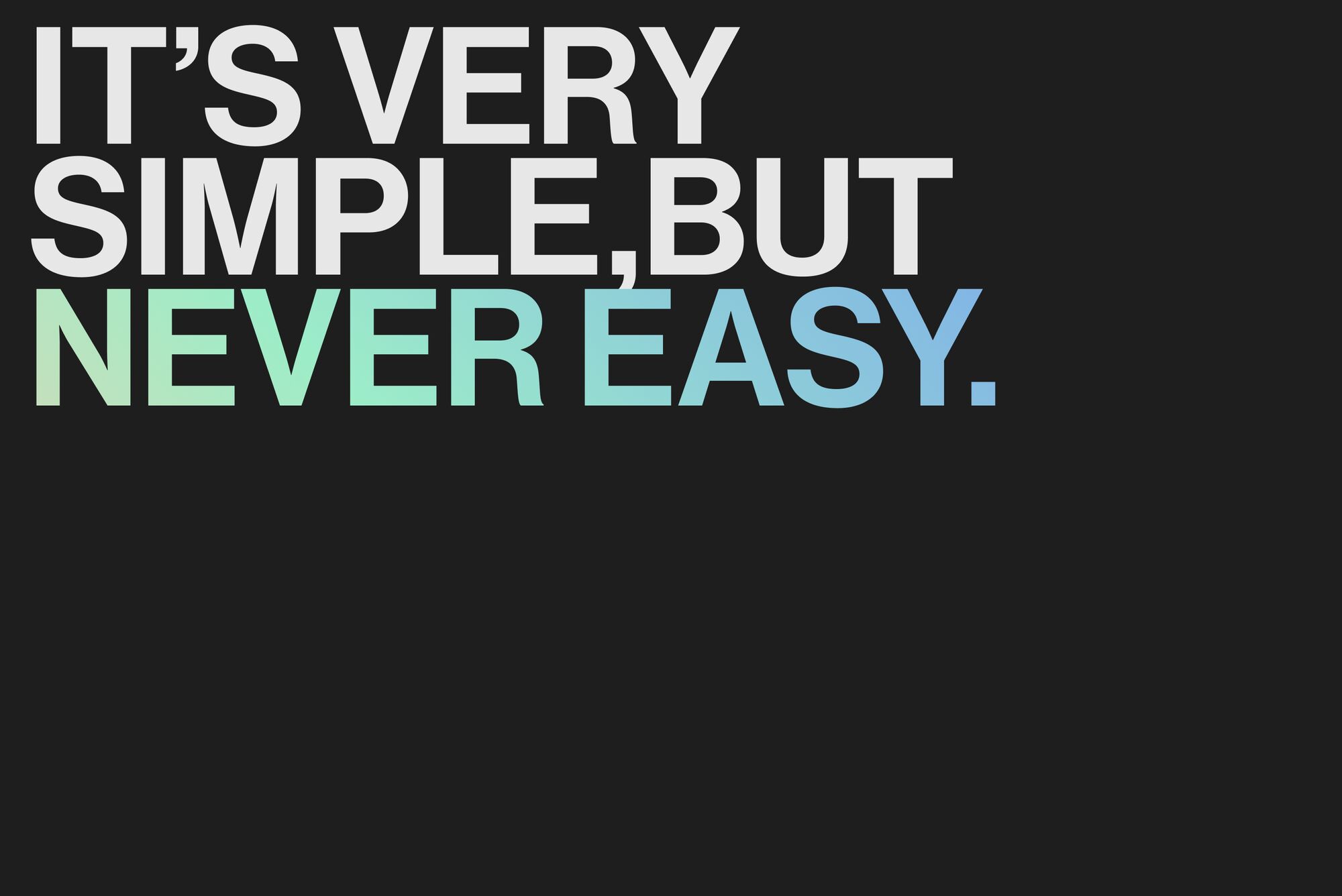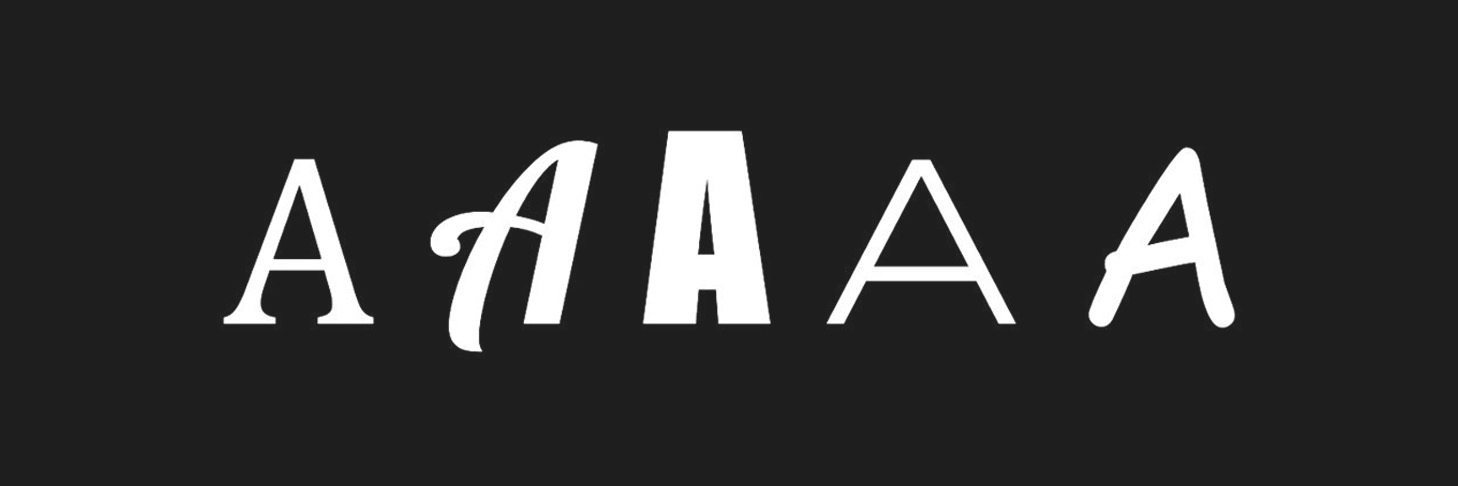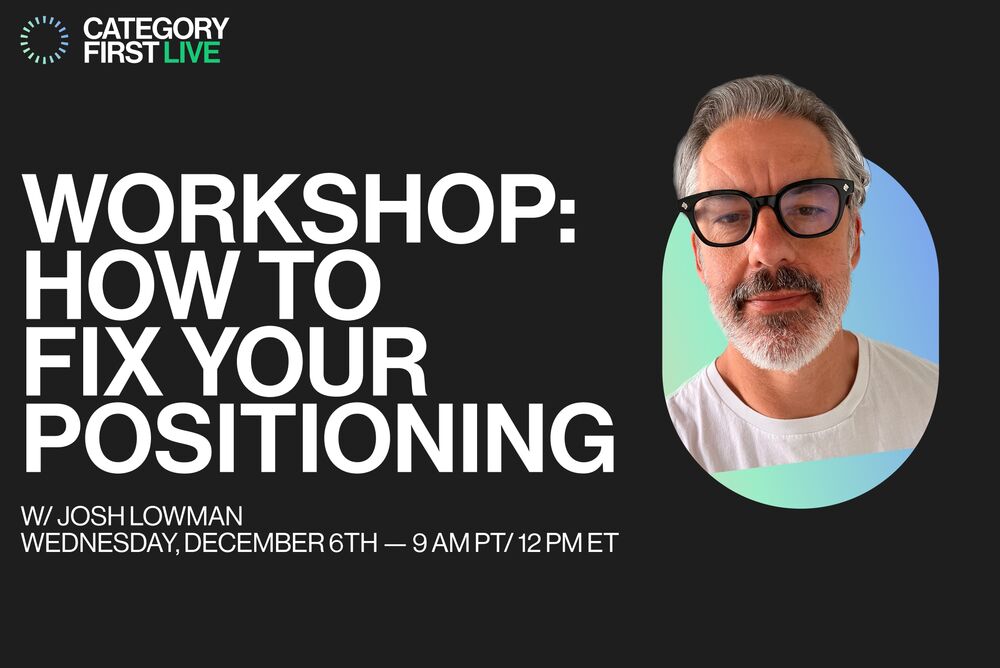WTF Is Category Design?
Marketing fad or timeless idea?


To win in a hyper-competitive world, companies like Apple, OpenAI and Figma don’t just make new products, they create new categories.
It’s nothing new. Category creation has literally been going on since the invention of the wheel.
To give a name to the discipline of category creation, the book Play Bigger coined the term “category design.”
But is category design just another marketing trend? It absolutely is, for those who do it wrong. But for those who do it right? It’s a timeless idea that addresses a deep human need.
To truly grok category design, you have to first understand how it relates to strategy and positioning. All three are simply tools for business-builders. But what kind of tools are they, and how do they differ?
Strategy is the broadest idea. Strategy answers the question: “What are we doing and why?”
Strategy is the practice of thinking about what you do before you do it. It’s opposite is reactivity. In an increasingly reactive world, doing more upfront thinking is a very good thing. Strategy can be applied to all manner of things.
Business strategy
Product strategy
Boyfriend strategy
Positioning is a subcategory of strategy. It answers the question, “What are we doing and why—for customers, relative to the competition?” Said another way, positioning asks you to define an idea you want to own inside the mind of the customer.
Help Scout positions themselves as the help desk that drives growth.
Clari positions themselves as the leader in RevOps.
Pepsi positions themselves as the cola for a new generation.
Positioning is special because when you answer this question for customers, it not only acts as a story that sells, but—done right—it also focuses work inside your company. Your people now know what to work on, and what to work towards.
So what’s category design?
Category design is a subcategory of positioning that answers the question: “What categorically different thing are we doing and why—for customers?”
Yes, positioning also expresses a difference—an incremental difference.
Problem is, the human mind interprets incremental differences as the same. In fact, this one feature of the mind is the reason you’re able to read these words. Check this out:

Each A is incrementally different from the others. But the mind reads them as the same letter. If the mind didn’t work this way, we wouldn’t be able to read or write.
Whereas a categorical difference is unmistakable.

A categorical difference—like the bear—is actually seen by the customer, and they give it their attention.
It’s why Salesforce was never an easier-to-use CRM, it was the first “no software” CRM.
And why 5-hour Energy was never a smaller Red Bull, it was the first energy shot.
Using category design, these products expressed a difference so big, their customers couldn’t help but pay attention.
And it just so happens that finding your difference, telling the world, and having that difference actually be seen by the customer is the most important job of any founder.
So if you want to win, don’t just take action.
Don’t just think about what to do before you take action.
Don’t just position what you do in the mind of the customer.
Do all of that, then add a force multiplier:
Own a category in the mind of the customer.
It’s very simple, but never easy.
In fact, it’s hard as hell.
That’s why so few ever go down this path.
What about you?
Next.
